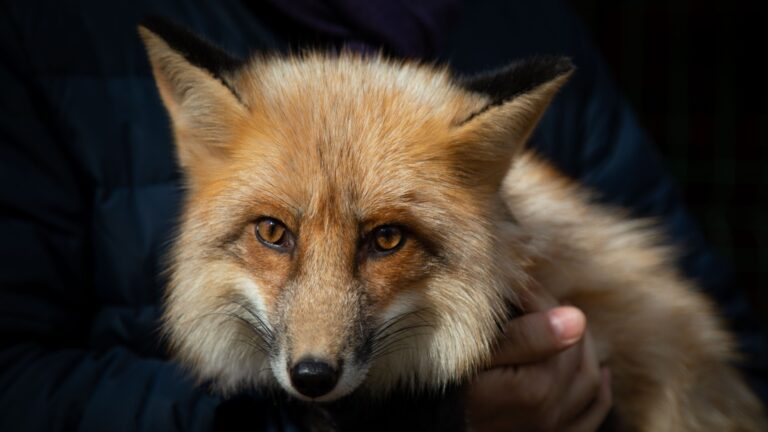14 Sounds Birds Hate
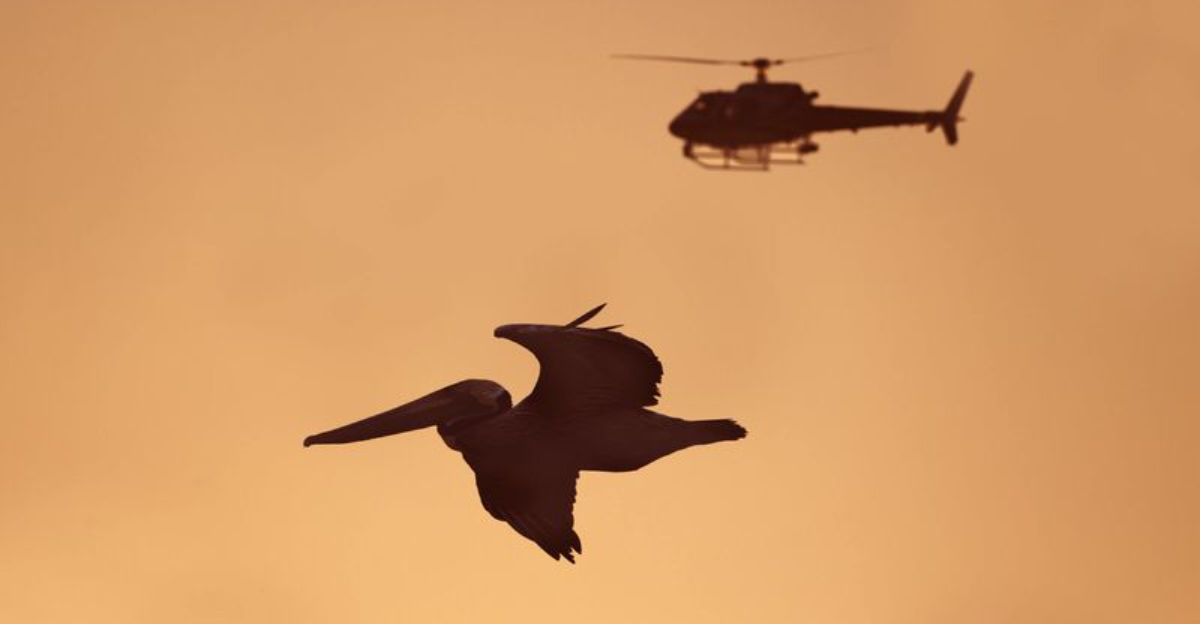
Birds are known for their melodious songs, but there are certain sounds that they simply can’t stand.
Today we’ll talk about 14 distinct noises that ruffle the feathers of our avian friends. Dive into the world of bird behavior as we unravel the sounds that make them fly away in a flurry.
1. Loud Explosions
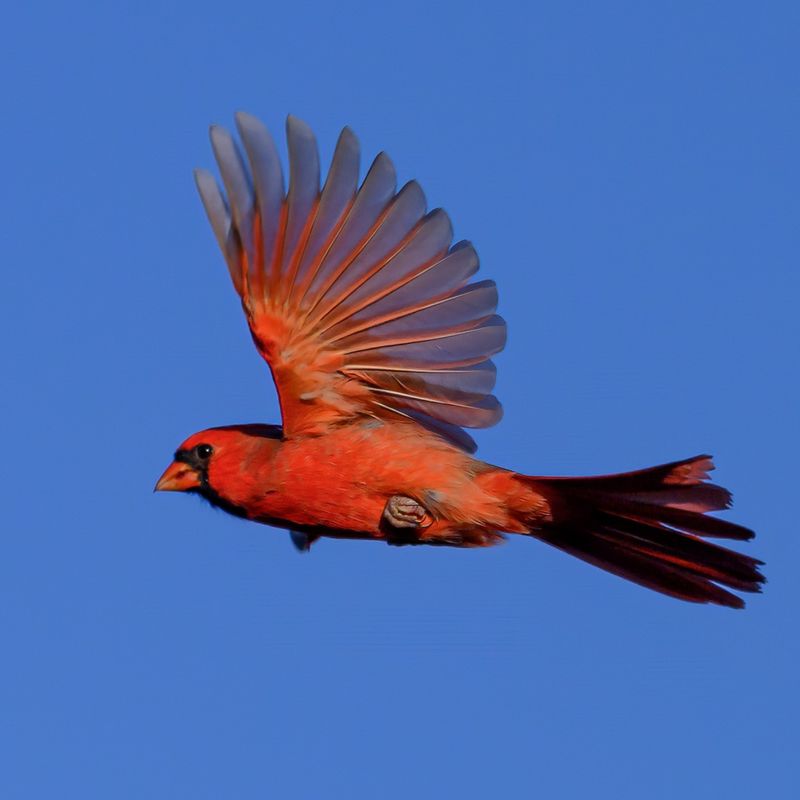
Loud explosions, like those from fireworks or thunder, are known to send birds into a state of panic. Birds have acute hearing, which makes them sensitive to sudden, loud noises. These explosions not only disrupt their peace but can also cause disorientation, leading to frantic flights in search of safety.
Fireworks are especially troubling during celebrations as they are unpredictable and deafening. The flashes of light and booming sounds create an environment of chaos for birds. Many bird species abandon their nests in sheer terror, which can be detrimental during breeding seasons.
To mitigate the impact, some cities have started to use silent fireworks. These alternatives reduce the noise level significantly, helping to protect the local wildlife. By opting for quieter celebrations, we can ensure that birds remain undisturbed and secure in their natural habitats.
2. Construction Noise
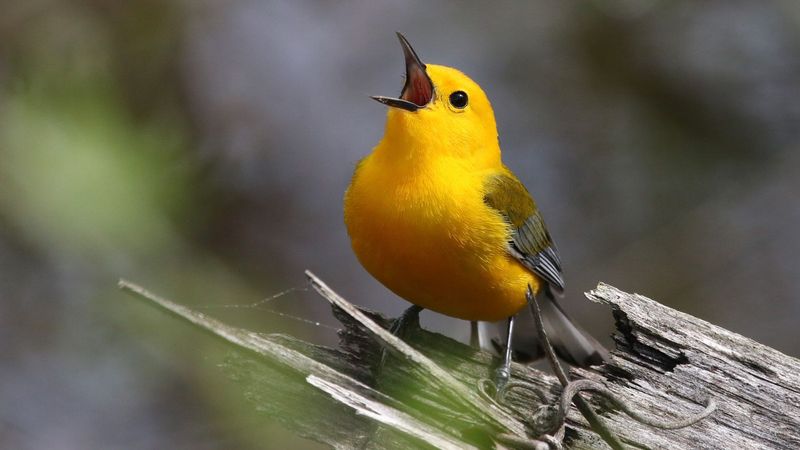
Construction noise is a major disruptor for birds residing in urban areas. The constant clatter of machinery, hammering, and drilling can be overwhelming. For birds, whose lives are built around routine and rhythm, such disturbances are unwelcome intrusions.
The cacophony at construction sites can drown out their communication calls, making it difficult for them to interact with each other. This disruption not only affects their social behavior but can also impact their mating rituals.
Mitigating construction noise is vital in areas where wildlife is prevalent. Using noise barriers and scheduling work during non-breeding seasons can help reduce the impact on bird populations. It’s crucial to balance urban development with the preservation of natural habitats to ensure that birds can coexist peacefully with human progress.
3. Screeching Tires
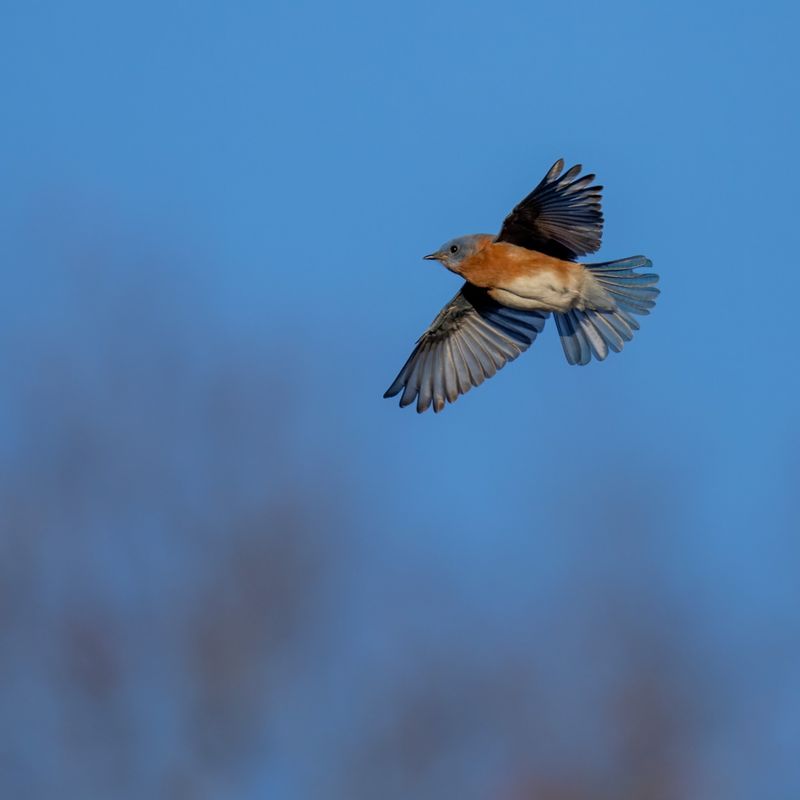
The sound of screeching tires is not only jarring for humans but also highly distressing for birds. This sharp, high-pitched noise signals danger to avian species, causing them to react instinctively. In urban environments, where traffic is dense, birds are frequently exposed to the sudden screeching of vehicles.
This sound can trigger panic, leading to erratic flight patterns and potential accidents. Reducing speed limits and enforcing traffic regulations can minimize these occurrences, creating a safer environment for both birds and humans.
Simple measures can make a significant difference, ensuring roads are less hazardous for our feathered friends.
4. Chainsaws
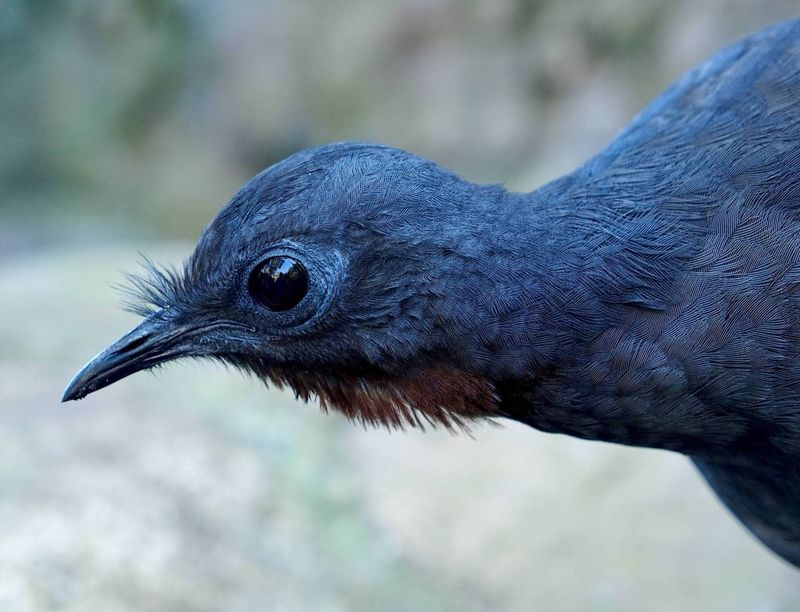
Chainsaws produce a distinctive buzzing sound that resonates with intensity, often causing distress among birds. The mechanical roar pierces through the natural soundscape, disrupting the serenity of wooded areas.
For birds residing in forests, the sound of a chainsaw signals habitat destruction. Many species rely on trees for nesting and foraging, and the threat of losing their homes can be alarming. Efforts to minimize habitat loss and noise pollution from logging activities are essential.
Implementing sustainable forestry practices and maintaining buffer zones can help protect bird populations while allowing for responsible resource management.
5. Jet Engines
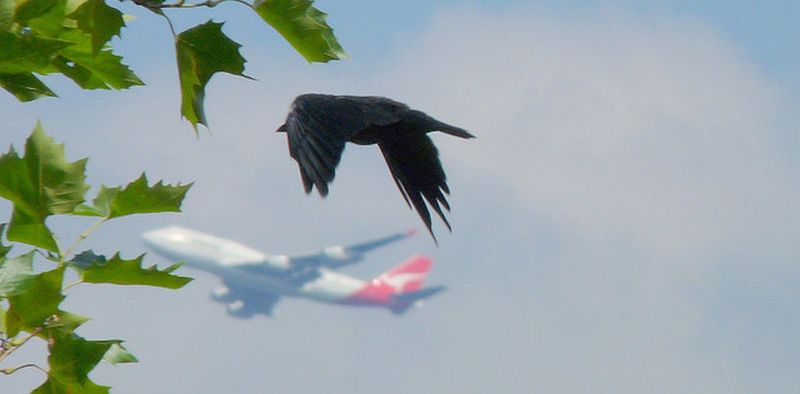
The thunderous roar of jet engines is unmistakable and can be unsettling for birds flying nearby. Airports are often located near migratory pathways, making encounters with aircraft noise a common occurrence.
The sheer volume of jet engines can drown out natural sounds, confusing birds that rely on auditory cues for navigation. This interference can lead to disorientation and pose a threat to their safety.
To mitigate these risks, airports employ various strategies like bird deterrent systems and habitat management around runways. These measures help minimize bird-aircraft collisions and ensure safer skies for avian travelers.
6. Fire Alarms
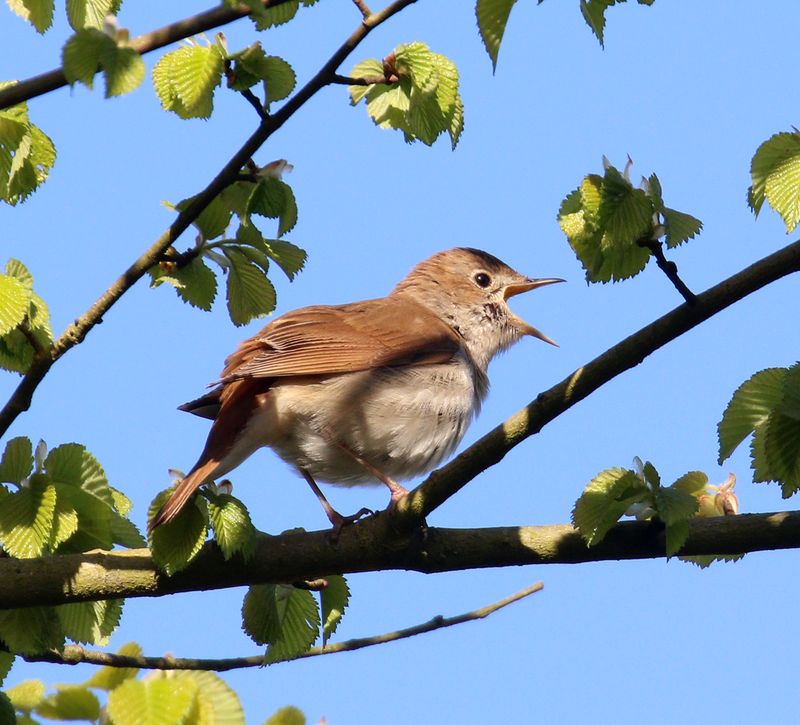
Fire alarms emit sharp, piercing sounds that are designed to alert humans to danger. However, for birds, these sounds can be a source of stress and confusion. The sudden onset of a fire alarm can startle birds, causing them to scatter in fear.
This reaction is particularly evident in urban settings where buildings are closely packed. While fire safety is a priority, considering the impact on wildlife is essential. Implementing quieter alarm systems where possible can minimize the stress on birds while maintaining human safety standards.
7. Leaf Blowers
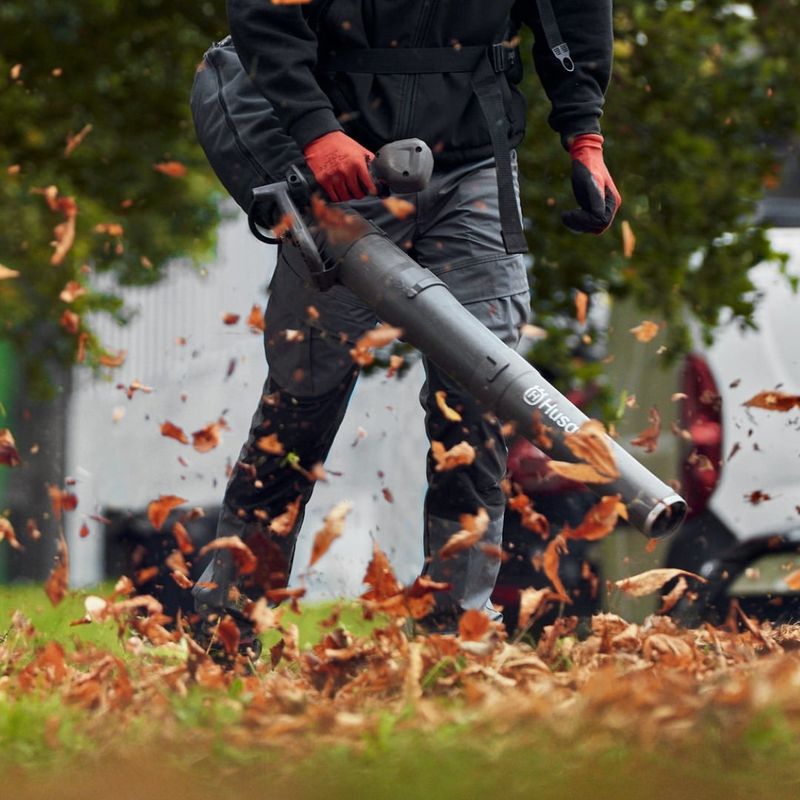
Leaf blowers, with their high-pitched whir, are a common noise in residential areas, especially during autumn. For birds, this sound is not only loud but invasive, disrupting the tranquillity of their environment.
The persistent noise from leaf blowers can interfere with birds’ communication, making it challenging for them to hear each other’s calls.
This disruption can impact their social interactions and feeding behaviors. To reduce the impact, opting for quieter, electric leaf blowers can be a viable solution. Encouraging the use of rakes instead of blowers in sensitive areas can also help maintain peace for our avian neighbors.
8. Sirens
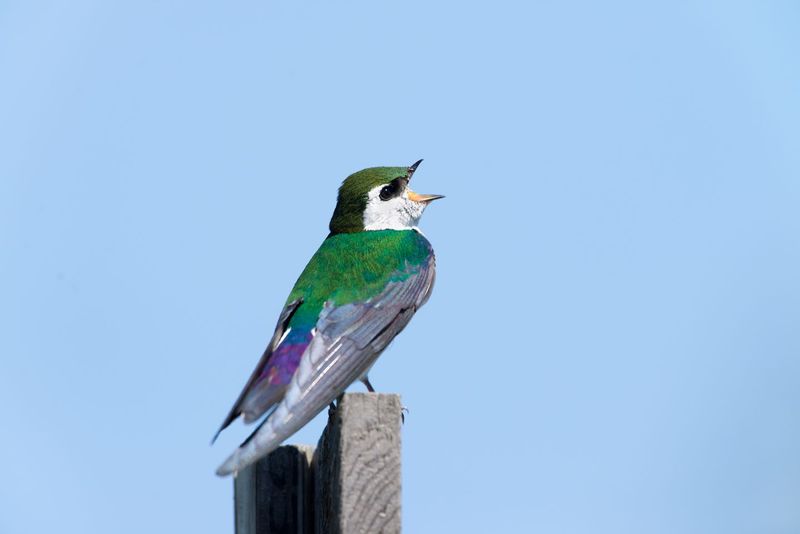
Sirens are synonymous with emergencies, emitting loud, wailing sounds that can be unsettling for birds. In cities, where sirens are a frequent occurrence, birds often have to contend with this intrusive noise. The piercing tones of sirens can cause birds to become agitated, prompting them to flee their perches.
This reaction can lead to unnecessary energy expenditure and disrupt their daily routines. Strategies to mitigate noise pollution in urban areas, such as soundproofing and strategic urban planning, can help reduce the impact of sirens on bird populations, ensuring a more harmonious coexistence.
9. Rock Concerts
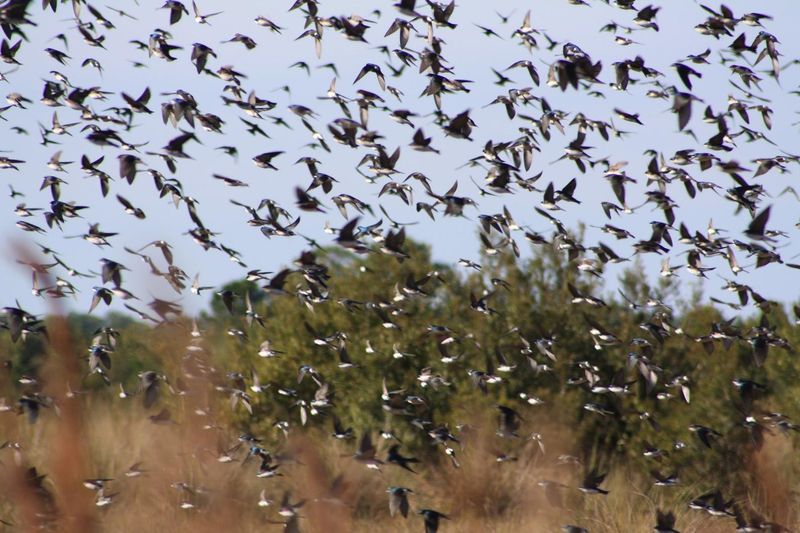
Rock concerts are synonymous with loud music, amplified by powerful speaker systems. For birds, the intense volume and bass vibrations can be overwhelming. The proximity of concert venues to natural habitats can affect local birdlife, disrupting their nesting and feeding patterns.
Birds may flee the area, abandoning nests and chicks in distress. Efforts to limit the environmental impact of such events, including noise monitoring and scheduling concerts away from sensitive areas, can help protect bird populations while allowing music fans to enjoy their favorite bands.
10. Gunshots
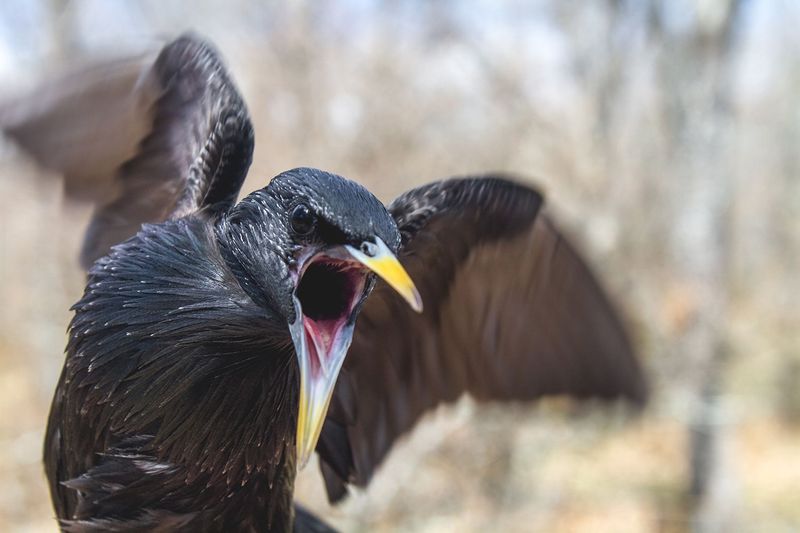
Gunshots are sudden and loud, often echoing across landscapes, startling birds in the vicinity. This noise is particularly common in rural and hunting areas, where it can have a profound impact on wildlife. For birds, the sound of gunfire represents an immediate threat, prompting an instinctive flight response.
This reaction can disrupt feeding and nesting behaviors, leading to stress and potential abandonment of habitats.
Implementing noise reduction strategies, such as designated quiet zones and limiting hunting activities near sensitive habitats, can help mitigate the adverse effects on bird populations, promoting coexistence between wildlife and recreational activities.
11. School Bells
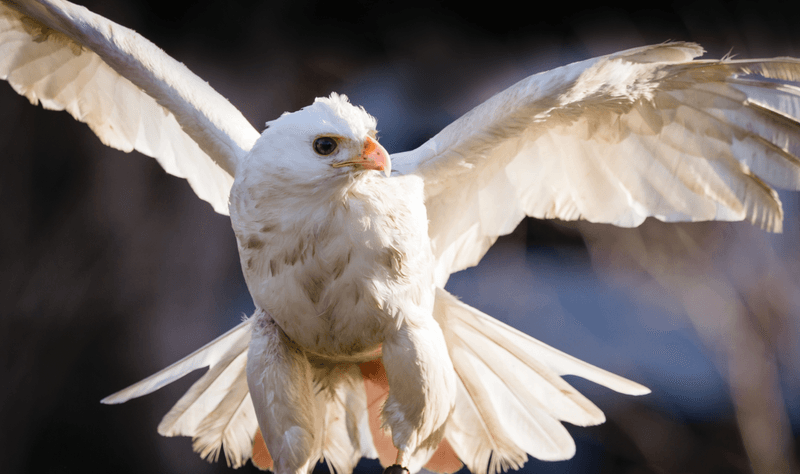
School bells, with their sharp, repetitive rings, mark the beginning and end of class periods. However, for birds, these sounds can be jarring and disruptive. In areas where schools are near natural habitats, the constant ringing of the bell can disturb the local birdlife, causing unease and agitation.
To minimize disruption, schools can consider using softer chimes or digital systems that emit less intrusive sounds, ensuring a more bird-friendly environment while maintaining their function as an educational signal.
12. Air Horns

Air horns are often used in maritime settings, producing a loud, abrasive sound that can travel over long distances. For birds, particularly those near water bodies, this noise can be distressing. The sudden blast of an air horn can startle birds, causing them to scatter in confusion.
This reaction can interfere with their feeding and nesting activities, particularly during breeding seasons. Using air horns judiciously and opting for alternative signaling methods where possible can help reduce the impact on bird populations, allowing them to thrive in coastal and aquatic environments.
13. Helicopters

The sound of a helicopter is distinct, with its rhythmic thumping that can be heard from afar. For birds, this noise can be a source of anxiety, especially when helicopters fly at low altitudes.
The presence of helicopters can interrupt feeding and mating activities, causing birds to abandon their routines in search of quieter areas.
This disturbance is particularly significant in regions with frequent aerial traffic. Efforts to regulate flight paths and altitudes to minimize disruptions to wildlife can help mitigate the impact on bird populations, balancing human needs with environmental conservation.
14. Barking Dogs

The sound of barking dogs is a familiar one, often associated with domestic settings. However, for birds, these sounds can be unsettling, particularly when persistent and loud. Birds in suburban and rural areas may encounter barking dogs frequently, leading to stress and disruption of their natural behaviors.
The noise can interfere with their communication and feeding routines. Creating bird-friendly zones in gardens and using training techniques to manage excessive barking can help reduce the impact on local birdlife, fostering a more harmonious coexistence between pets and wildlife.






